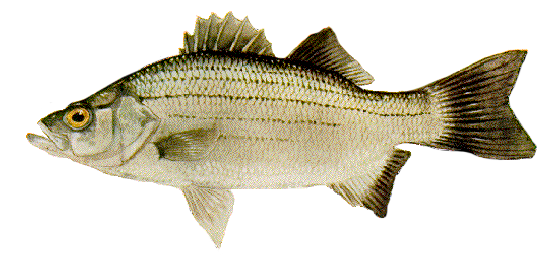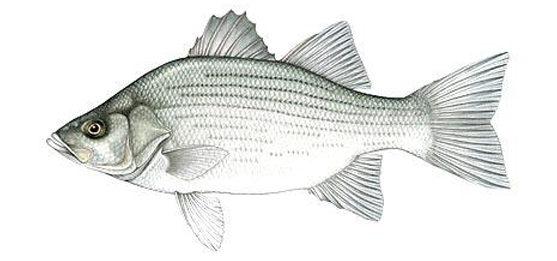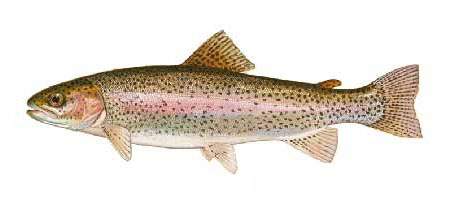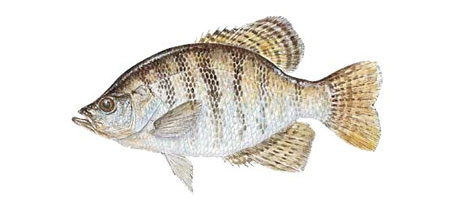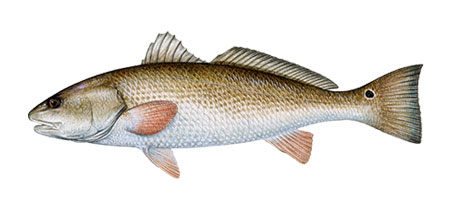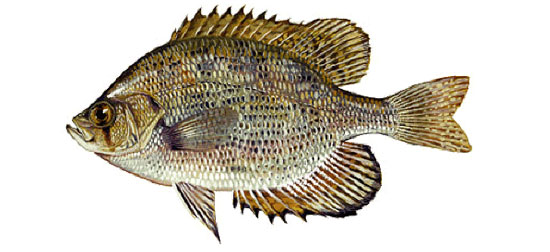Fall in Texas brings a shift in the landscape, with cooler temperatures, changing foliage, and foraging bass on the hunt. For fly fishermen, the fall is an exciting time as bass actively feed to prepare for the winter months. Understanding what bass are feeding on in the fall—and how to mimic it with flies—can make all the difference between a slow day on the water and a trophy catch.
This guide will walk you through the key forage species bass rely on during the fall in Texas, as well as the fly fishing techniques and patterns to target these fish when they are feeding most aggressively.
Bass Behavior in the Fall: A Seasonal Shift
As the weather cools, bass become much more active in Texas lakes, rivers, and reservoirs. The drop in water temperature triggers a feeding frenzy, as bass are trying to build up energy reserves for the colder winter months ahead when their metabolism slows. Fall is a time when bass are not only more active, but also more aggressive—especially when they find concentrations of forage species.
For fly anglers, this is the perfect time to take advantage of the bass’s increased activity and their keen interest in feeding. However, understanding what bass are feeding on during this transition period is essential for selecting the right flies and fishing tactics.
Key Forage Species for Bass in Texas During Fall
- Shad (Threadfin and Gizzard Shad)
Shad are a primary food source for bass throughout Texas, and during the fall, these silvery baitfish become even more concentrated in schools as they migrate toward shallow waters. Both threadfin and gizzard shad are present in many Texas lakes and rivers, and bass will actively target them, especially when the fish are schooling tightly.
Fly Fishing for Shad: When fishing for bass feeding on shad, you’ll want to use flies that mimic the sleek, fast-moving nature of this baitfish. Streamer patterns like Clouser Minnows, Deceiver-style flies, or smaller “baitfish” imitations in silver, white, or chartreuse are excellent choices. These flies should be fished with quick, steady retrieves to match the rapid movement of shad in schools. Focus on fishing these patterns around areas where shad are most likely to congregate—such as shallow flats, points, and drop-offs near creek mouths.
- Crayfish (Crawdads)
Crayfish are another key food source for bass in the fall, especially in lakes with rocky bottoms, river systems, or those that feature submerged structures. As the weather cools, crayfish become more active and move toward the shallows to feed, where they are more vulnerable to bass.
Fly Fishing for Crayfish: Crayfish patterns are an excellent way to target fall bass. For bass feeding on crayfish, try using streamers that mimic the erratic movement of a crawdad. A classic pattern like the Crawfish, Clouser, or a Kreelex (which imitates a crayfish with its large profile and lifelike movement) can be effective. Retrieve these flies slowly along the bottom with short, erratic strips to imitate a crayfish scuttling across the lakebed. Areas near submerged rocks, brush piles, and drop-offs are prime spots to target for crayfish-feeding bass.
- Bluegill and Other Sunfish Species
Bluegill, longear sunfish, and other panfish species make up a significant portion of a bass’s diet in Texas, particularly in the fall as these fish begin to move to shallower areas. These sunfish are abundant in many Texas lakes, and bass are quick to take advantage of them, especially in areas with submerged vegetation, rocks, or fallen timber.
Bluegill and Panfish: Bass love bluegill, and imitating the movement and colors of these sunfish can attract strikes. Look for patterns like the BoogleBug Popper, Smallie Smack, or Crappie Flats that imitate the small, round shape of bluegill. These flies should be fished on the surface, mimicking panfish feeding near the surface or in shallow water. Use poppers or subsurface patterns near vegetation and around submerged structures like rocks and fallen logs where panfish tend to congregate. A steady retrieve with the occasional pause will often entice a strike.
- Tilapia (Where Available)
Tilapia are not native to Texas, but they have established themselves in some of the state’s lakes, particularly in the warmer, southern regions. As the water cools in the fall, tilapia move into shallower areas, and bass will often take advantage of this non-native food source. Although less predictable than shad or sunfish, tilapia can provide a valuable food source for bass in certain lakes.
Tilapia: Tilapia are larger and slower-moving than shad or sunfish, so your fly selection should reflect their size and slow swimming patterns. Try large, weighted streamers like Tilapia Clousers or Tilapia Gotchas, which can imitate the tilapia’s slow, deliberate movements. These flies should be fished deeper, using short strips to keep them near the bottom, where tilapia are often found.
Fall Fly Fishing Techniques for Bass
- Focus on Key Feeding Zones: During the fall, bass are often found in the shallow waters where forage species are concentrated. Key locations include:
- Shallow flats near creek mouths or river inlets.
- Submerged structures such as brush piles, submerged rocks, and sunken trees.
- Drop-offs and points near the deeper parts of the lake where bass move to feed.
- Retrieve Techniques: Bass in the fall are actively feeding, but they can be more selective. Vary your retrieve based on the fly and forage you’re imitating:
- Fast, aggressive retrieves for schooling shad and panfish.
- Slow, erratic strips for crayfish and tilapia, mimicking the slow, cautious movements of these prey species.
- Pop and pause retrieves for topwater patterns when bass are targeting panfish or shad near the surface.
- Matching the Hatch: Pay attention to the size and color of the forage in the water. Bass are most likely to take a fly that closely matches the size, shape, and color of their prey. If shad are abundant, use white or silver streamers; if crayfish are the primary forage, go with darker colors like brown or green; and if bluegill are plentiful, try using patterns with orange, yellow, and green tones.
- Time of Day: Bass are typically most active during the early morning and late afternoon hours, especially as the water cools. These are the prime feeding windows when bass are likely to be most aggressive, so plan your fishing around these times for the best chances of success.
Conclusion
Fall is one of the best times to target bass on the fly in Texas, as they become more active and aggressive in preparation for winter. Understanding the forage species bass are feeding on during this season—such as shad, crayfish, bluegill, and even tilapia—allows you to choose the right fly patterns and fishing techniques. By focusing on key feeding zones, varying your retrieve, and matching the hatch, you can increase your chances of landing a big catch.
So, whether you’re chasing shad schools with a flashy streamer or creeping a crayfish imitation along a rocky bottom, fall in Texas offers some exciting fly fishing opportunities. Grab your rod, tie on the right patterns, and head out to catch some of the state’s most aggressive bass this season.



